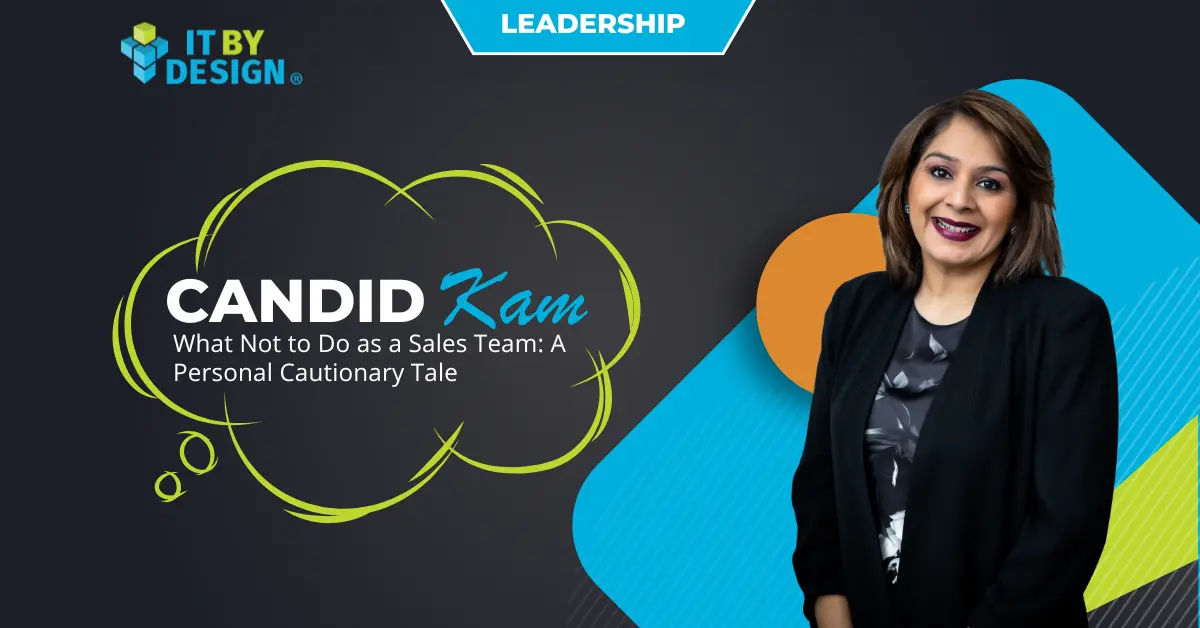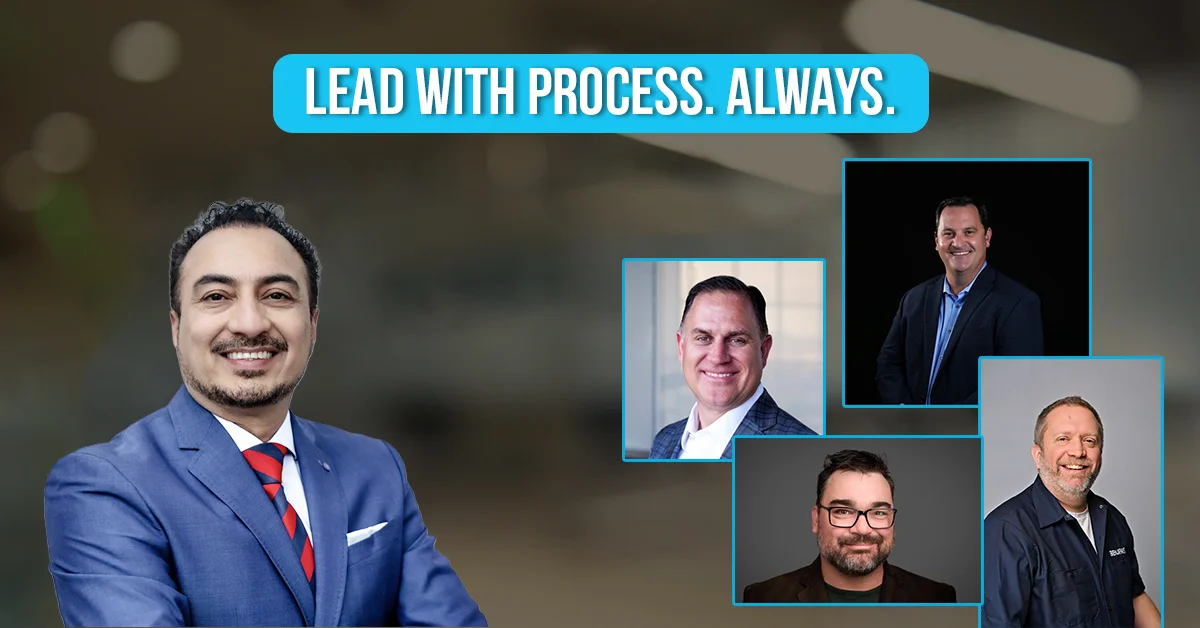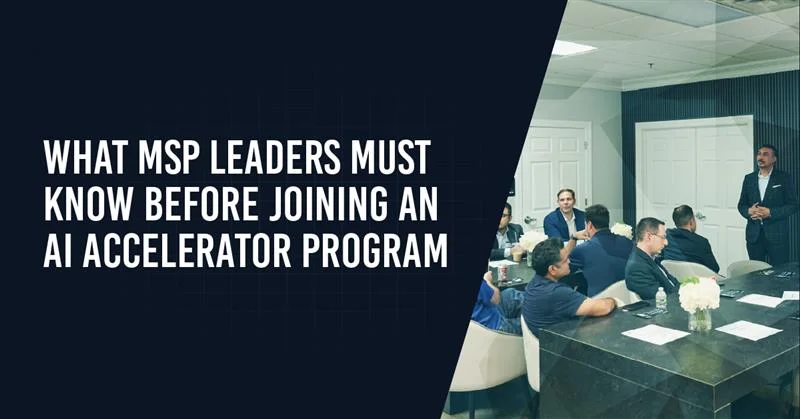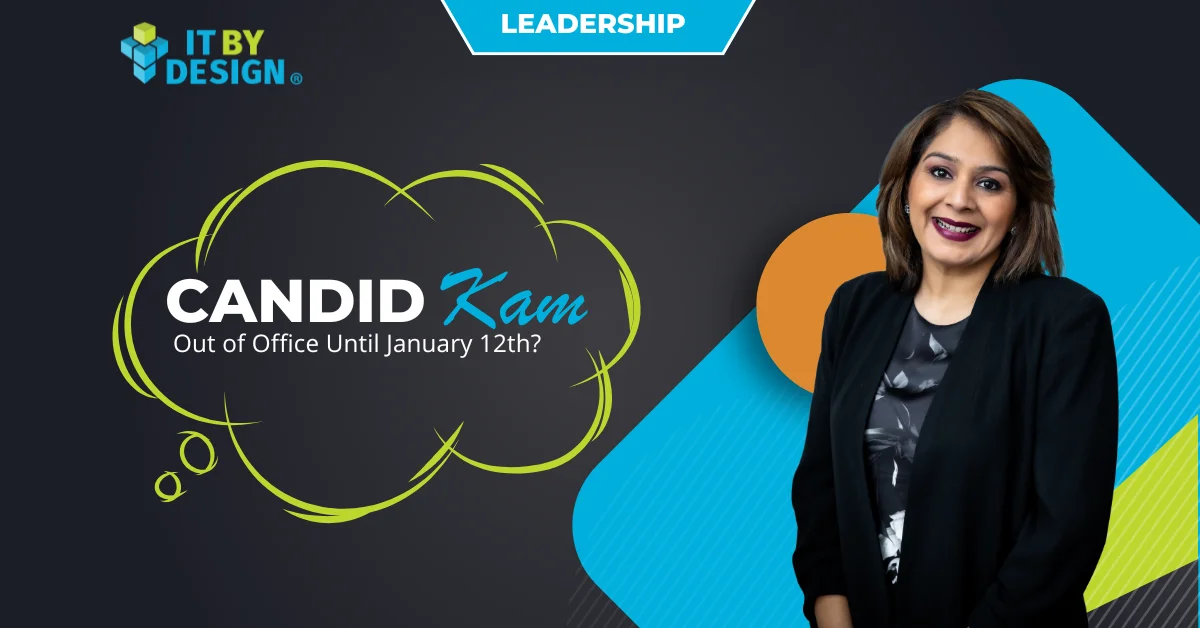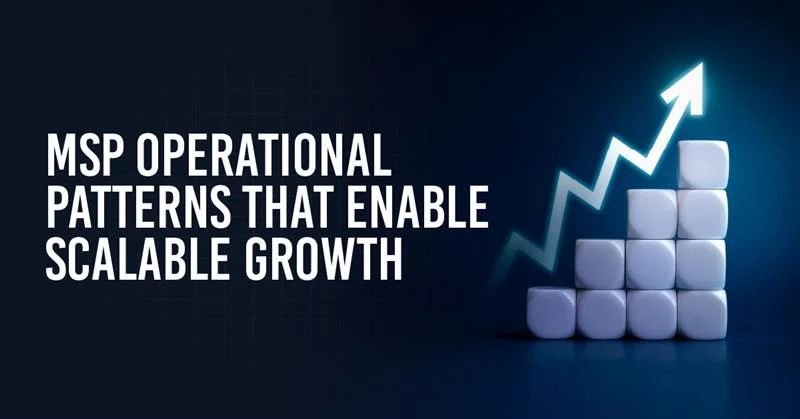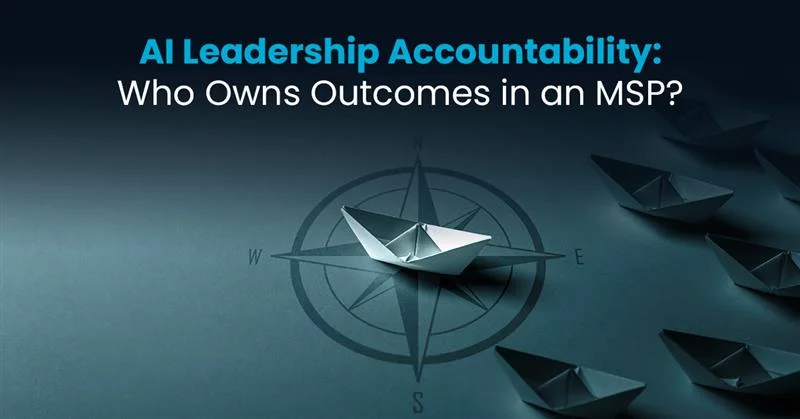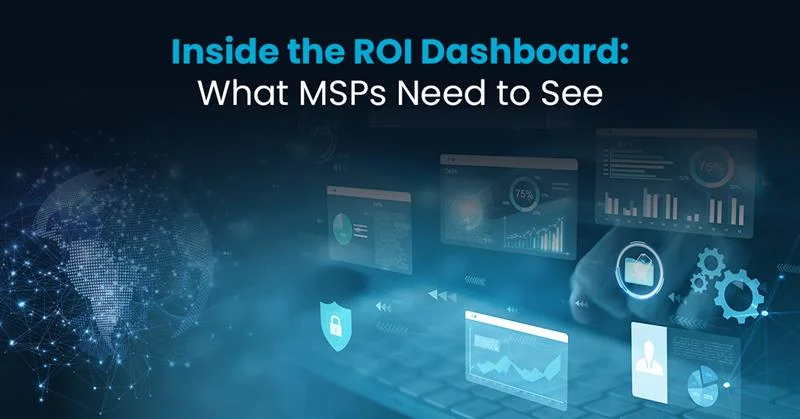I’m usually more patient than most when it comes to salespeople. Having walked that road myself—and managed a sales team—I understand how tough it is to cold call, follow up, and navigate rejections with grace. So when someone calls me to follow up, I generally offer more empathy than resistance.
But today was a textbook case of how not to do follow-up sales.
It started innocently enough. I was scrolling through Facebook when an ad caught my eye—The Hotel Collection diffuser. I’d been eyeing a quality home diffuser for a while, and with a Fourth of July discount flashing across the screen, I clicked through. The diffusers were listed at 83% off. Tempting. Then I noticed the oils were $55 each—pricey, but the diffuser could take other oils, so I figured I’d give it a shot.
I added five diffusers and a few oils to my cart. But the moment I hit “Pay Now,” the floodgates opened.
Within ten minutes—yes, ten—I had received ten text messages from ten different reps at Aroma360. That was followed by a wave of emails, each with varying degrees of urgency, all from different people. Then came the phone call.
This wasn’t follow-up. This was chaos.
What should’ve been a smooth, simple post-purchase experience turned into a disorganized barrage. No one had a clear territory. No one seemed aware others were also reaching out. The automations? Totally uncoordinated. It felt like I’d triggered a fire drill inside their CRM.
When the sales rep finally called, he launched into a 35-minute pitch to upgrade my purchase: three large diffusers (retail $1,000 each) for “free”—but only if I committed to a $159/month oil subscription for each unit. That’s $450/month. For three years.
I declined. Politely. He pivoted and tried to sell me a smaller unit outright. I asked, reasonably, What if I don’t like the scent? He kept pushing.
Even as I listened—still weighing whether there was any value in upgrading—what lost me wasn’t the pitch. It was the finish.
I told him I’d like to change the scent on my original order. He responded:
“Sorry, I only handle VIP upgrades. You’ll have to call customer service.”
That one sentence cost him the deal.
He’d spent all that time convincing me I was valued—then told me my actual request wasn’t worth his effort. I told him I’d call customer service. He got abrupt. The conversation ended.
What followed? More time lost. I tried to use the chat—no luck. I called, waited ten minutes for the rep to sort out my order, and finally had the scent changed. Altogether, I spent over an hour and a half on what should’ve been a two-click transaction.
And it wasn’t over. Another rep called me right after. Follow-up. Again.
So, for those of us in sales leadership, here’s what this experience underscores:
- Respect the customer’s channel
A phone number is personal. If you haven’t earned the right to text, don’t automate it. - Clean up your workflows
One rep. One email. One point of contact. Period. If your automation is firing off messages from every corner, your system is broken. - Territory discipline matters
Salespeople shouldn’t be tripping over each other trying to close the same customer. - CRM updates are non-negotiable
If someone has spoken with the customer, mark it down. No follow-up should happen unless it’s requested. - Always leave with grace
If the customer says no, the conversation should end respectfully. That’s your last impression—make it a good one.
The Hotel Collection may have quality products, but the buying experience with Aroma360 was anything but refined. And for a brand banking on luxury, that disconnect between product and process? It’s costing them more than conversions.
Let this be a reminder: persistence is powerful—but only when paired with purpose and respect.

